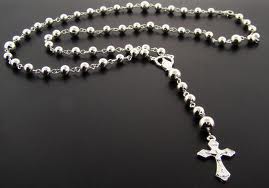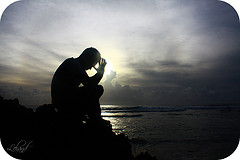Prayer in public schools – 50 years later

New York state authorized the voluntary recitation of a prayer in all public schools. The prayer was written by the state Board of Regents who administered all things education for New York’s public school students.
The prayer that schools could adopt and recite at the beginning of each school day read as follows: “Almighty God, we acknowledge our dependence upon Thee, and beg Thy blessings upon us, our teachers, and our country.”
As you know, the Establishment Clause that is part of the First Amendment, states that “Congress shall make no law respecting the establishment of religion, or prohibiting the free exercise thereof.” So, the question in the New York case was whether the reading of this nondenominational prayer violated the First Amendment. What do you think? Is this a neutral statement that all students would consider acceptable? Or are there objectionable parts that some would consider offensive? If yes, what are they?
On June 25, 1962, the Supreme Court ruled against the Board of Regents and declared the prayer unconstitutional.* The Court reasoned that, by providing the prayer, the state officially approved religion which was prohibited by the Establishment Clause. Over the past fifty years, a number of cases have been brought to the courts and resulted in decisions for and against religious exercise in public schools.
Daily bible verses and the Lord’s Prayer have been prohibited (Abington School District v. Schempp, 1963). However, bible clubs are permissible when other clubs are allowed under the federal 1984 Equal Access Act (Westside Community Board of Education v. Mergens, 1990). Clergy-led prayers at graduation ceremonies were struck down in Lee v. Weisman (1992) and in 2000, the Court ruled against student-led prayers over the intercom at high school sporting events. In 2001, the Court ruled that excluding a religious youth group from meeting at a public school after school hours was discrimination based on the club’s views (The Good News Club v. Milford Central Schools). Other issues that have resulted in lawsuits over religious freedom at school have included the distribution of greeting cards, candy canes and pencils with religious messages and a moment of silence at the start of the school day.
In a more recent case,** the display of religious items in a public school classroom was held sufficient justification to fire a science teacher. In November, 2013, the Ohio Supreme Court ruled upheld the dismissal of John Freshwater in 2011. He refused to remove religious books and a poster of a praying president. He was allowed to keep his personal Bible on his desk but the other items not part of the exercise of his religious beliefs violated the Establishment clause.
*Engel v. Vitale, 374 U.S. 203 (1962)
**Freshwater v. Mt. Vernon City School District Bd. of Education (November 19, 2003).



